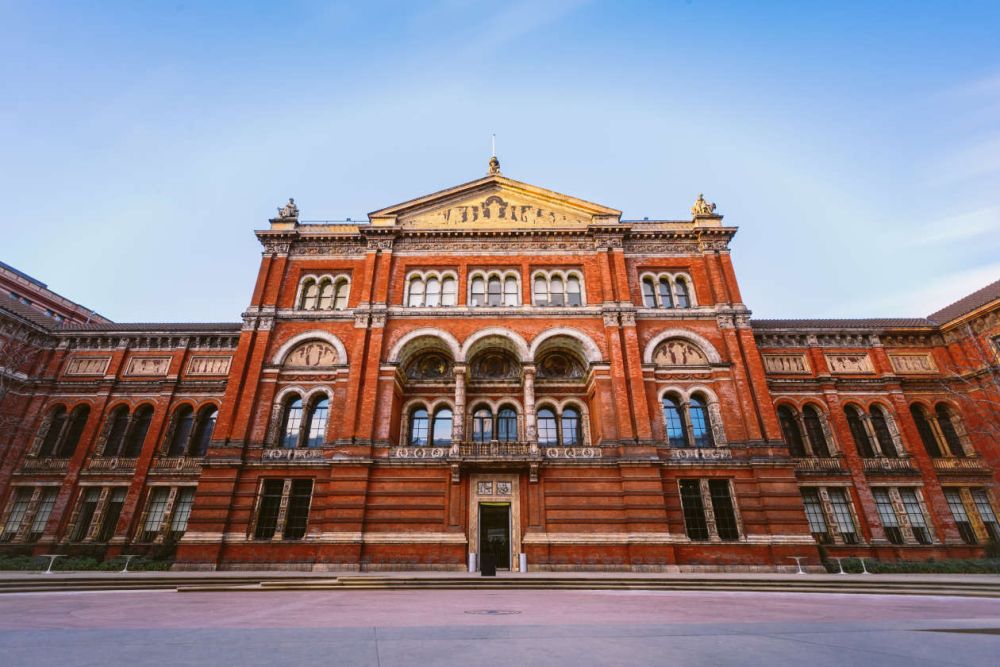

The Victoria and Albert Museum, often known as the V&A, is one of the world's most illustrious museums of art and design. Located in the heart of London, the museum has a rich history of attracting tourists from around the globe. The museum was established in 1852, following the success of the Great Exhibition of 1851. Since its inception, it has been a hub of inspiration and education for those interested in the arts and culture.
The Early Years and Expansion
Initially named the South Kensington Museum, the V&A underwent a series of expansions and renovations throughout the late 19th and early 20th centuries. With its growing collection, the museum's popularity as a tourist destination also increased. The museum was officially named the Victoria and Albert Museum in 1899, after Queen Victoria laid the foundation stone of a new building designed by the architect Aston Webb.
Post-War Period and Modernization
Tourism at the V&A faced challenges during the world wars when the museum had to take measures to protect its collection. Nonetheless, post-World War II, the museum underwent modernization, reflecting new trends in museum services and exhibits, designed to enhance visitor experience and accessibility. This period saw a surge in tourist numbers as people started to explore cultural destinations as a form of leisure and education.
The Digital Era and Global Outreach
With the advancement of digital technology in the late 20th and early 21st centuries, the V&A embraced new ways to engage with international audiences. The museum's online collections, virtual tours, and interactive resources have attracted virtual tourists from all corners of the world, broadening its appeal and accessibility.
Exhibitions and Public Programs
The V&A is famous for its high-profile exhibitions, which often explore the intersections of history, art, and culture. These exhibitions have a major pull for tourists, with some exhibitions becoming global events in their own right. The museum's dynamic public programs, including talks, workshops, and performances, also contribute to its tourist appeal, offering visitors a holistic cultural experience.
The Latest Tourism Trend at the V&A
In recent times, there has been a noticeable trend towards experiential tourism. Visitors are increasingly seeking immersive experiences that allow them to connect with history and art in a personal and engaging manner. The V&A has responded to this trend by incorporating immersive elements into their exhibits and using cutting-edge technology to create unique, interactive experiences for visitors.
Furthermore, as global awareness of sustainability and cultural heritage grows, the V&A has positioned itself as a leading institution in conservation and cultural preservation. Tourists are drawn to the museum not only for its vast collections but also for its dedication to cultural education and sustainable practices.
Moreover, the museum's focus on inclusivity and diversity has become a significant aspect of its tourism strategy. The museum actively works to ensure that it caters to a broad audience, including provisions for differently-abled visitors, making the V&A a welcoming destination for all tourists.
Conclusion
The Victoria and Albert Museum has always captured the imagination of travelers from around the world. From its early days of showcasing the best of the world's cultural artifacts to embracing the latest trends in visitor engagement, the V&A continues to be at the forefront of museum tourism in London. With its rich heritage and innovative approach to art and design, it remains a must-visit destination for any cultural connoisseur visiting the United Kingdom.